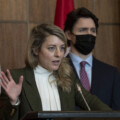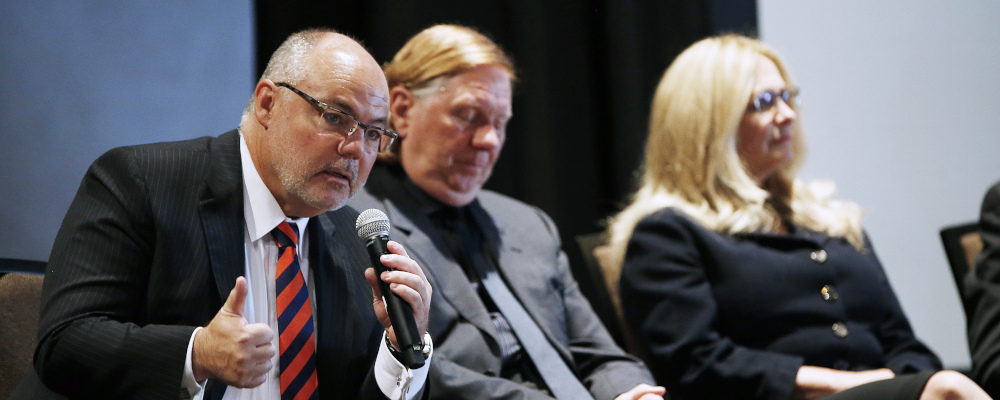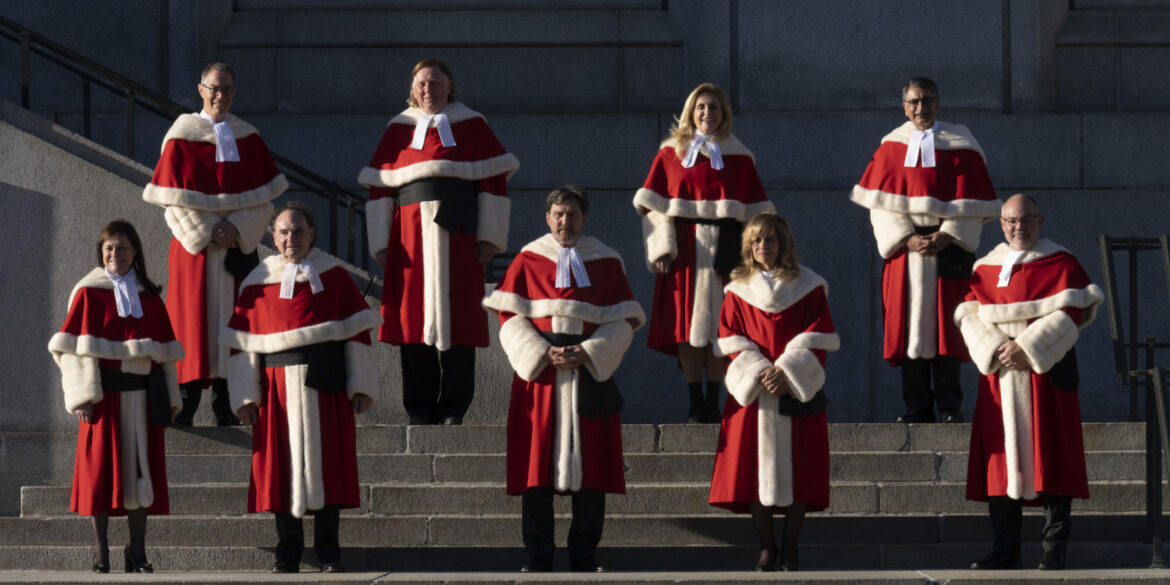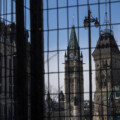In 1999, after nearly a decade of ethnic conflicts that had emerged from the collapse of the USSR, Edward Luttwak penned a provocative article in Foreign Affairs titled “Give War a Chance.” It reflected the moment he was writing. The West had undertaken a number of multinational interventions over the past decade, which had served to establish an unstable political equilibrium that was likely to reignite into a military conflict in the future. As he noted, “War brings peace only after passing a culminating phase of violence. Hopes of military success must fade for accommodation to become more attractive than further combat.”
To be clear, parts of Luttwaks’ article have not aged well, and some of its central arguments remain contested, but this observation remains relevant for the ongoing war in Ukraine because it is clear that neither side of the conflict seems willing to reach an accommodation, and perhaps not even after this ongoing Ukrainian offensive.
At present, Ukraine has launched its much planned-for counter-offensive following weeks of smaller, shaping efforts and probes. Its broad aim is to push back the Russian Federation out of its territory and reinvigorate the war effort.
Militarily the war’s status has ossified to some degree, as its trajectory (or at least this phase of it) has become largely bounded. It reflects the military realities on the ground as well as the political dynamics within and between the two primary combatant states and their allies.
On the one side, the Russian Federation’s armed forces have largely been spent as an effective force. It will take years of significant investment to even approach the land combat capabilities it possessed before it launched this disastrous invasion. While mobilization has swelled its ranks, a significant proportion of its material has been drawn from stocks that date back to the 1970s or even earlier. They’ve been bolstered by newer systems, such as the Lancet loitering drone, that have been effective at attriting Ukrainian forces.
Much of its doctrinal changes have been to mitigate Ukraine’s new tactics and weapons, such as the HIMARS and newer long-range artillery systems. While they seem to provide the Russian Army with more effective capabilities, they will not in fact enhance the military’s combat capability—quite the opposite. They may well limit its ability to conduct offensive operations. With its command and control and logistics under persistent threat, it has dispersed many of these functions or pulled them beyond the range of Ukrainian systems. That is partly why the United Kingdom’s provision of the Storm Shadow missile, with a range that exceeds the HIMARS system, has been an important tool to re-threaten these key nodes and disrupt Russian operations.
Their new units may not be able to undertake a large-scale offensive action like that witnessed early in the war. Instead, the Russian army is essentially only configured to hold the gains it currently has. Putin’s broader strategy remains to wait out Ukraine and its international allies in order to obtain some sort of peace.
At the same time, the Ukrainian military has suffered grievous losses over the past year, though, unlike the Russians, it has broad access to alternative NATO systems that are frequently of a better quality than their counterparts. It has both a heterogeneous and homogenous doctrinal mix of former Soviet, Western, and Ukrainian-developed doctrine, often depending on which unit one looks at. While its military has hundreds of thousands of soldiers in the field, the counter-offensive’s spearhead rests heavily on the shoulders of three army corps assembled over the past nine months, perhaps up to 40,000 soldiers.
This force has likely the most capable units currently deployed in the Ukrainian war: it includes peerless Western main battle tanks like the Leopard 2A4/5/6, Bradley and Stryker infantry fighting vehicles, and well as armoured engineering vehicles.
At the same time, it is not a large force, and relatively small combat losses will sap its overall combat potential. The challenge facing Ukrainian commanders is to find weaknesses in the Russian lines, which they can exploit and rapidly collapse defensive positions. This will not be an easy task. Russian combat engineering has spent the past six months fortifying much of the territory it captured in the first month of the conflict, particularly the southern axis in Zaphorizia Oblast, which seems to be the focus of the initial attacks over the past week. Furthermore, the force potentially faces an immense challenge in taking major cities like Mariupol, Melitopol, and Dontesk, which as the experience of Bakhmut suggests, can be extremely difficult and costly to dislodge.
With these challenges taken into account, the potential range of purely military outcomes is bounded to a stalemate where there is still a major Ukrainian battlefield victory, but far from a total one. Ukraine is unlikely to eject the Russian Federation from all of its occupied territories this year. Retaking a major city like Mariupol, the scene of a heroic resistance by Ukrainian troops last year, might represent a realistic best-case scenario for the offensive, with significant swaths of other territories, including Crimea, remaining under Russian control.
With the possibility of a military resolution to the conflict unlikely to manifest, attention must zoom out to the broader political dimensions at play.A much fuller discussion of the broader aims of both parties was discussed in a previous column.
Ukraine certainly wants to avoid any agreement that freezes the status quo as this is the Kremlin’s position and part of its well-worn playbook. This would allow them to keep the existing gains and then leverage them to undertake actions to destabilize Ukraine in the future, just like in 2014 and the annexation of Crimea, or Georgia in 2008. War weariness among the populace, admittedly a qualitative assessment, not a quantitative one, seems to be fairly low at this time, with all major political groups backing the continued war effort. However, this may also hinge on the perceived outcome of the ongoing offensive.

Recently, one of the most significant events in this war did not occur in Ukraine, Russia, or Europe for that matter but in Washington with the McCarthy-Biden Debt Ceiling deal. It preserves existing national defence funding, and by extension existing levels of support for Ukraine for the next year. In some way, this was a more grievous wound to Russia’s prospects in Ukraine than what the Ukrainian military offensive could achieve. While the Biden Administration would still need House Republicans to pass the budget next year, this tends to be much less contentious than debt ceiling negotiations. It also exposed how isolated the Ukraine skeptics within the U.S. Congress were—essentially a handful of extreme Republican and Democrat congressmen. Furthermore, the indictment and arrest of former President Donald Trump further marginalizes one of the most strident voices, thus limiting the potential appeal of such a position.
Taken together, Ukraine should be able to count on their largest financial and military backer to sustain support for over the next year and a half of war. Material losses, like the Bradley Infantry Fighting vehicles observed lost in the past week, will be quickly replaced.
Furthermore, American leadership has been critical for Ukraine’s prospects in this war, as it has been effective at dragging recalcitrant allies such as Germany and France into continuing their tepid support of the war effort. Major investments in the defence industrial base made last year, such as increased production of artillery shells, should also help to alleviate shortages in key areas, further assisting efforts on the ground. In some way this inverts the existing calculus that playing for time was inevitably in Russia’s favour, as Western support for Ukraine now seems much more durable politically.
That all being said, it is difficult to know what the internal political dynamics within Russia and the Kremlin are at this time. Authoritarian states at war tend to remain fairly stable for a number of reasons even when faced with a poor military situation due to a rally around the flag effect and greater repressive measures, both of which are evident in Russia today. While Western economic measures have crippled the Russian economy, Moscow seems to have been able to make some important steps to reduce their efficacy.
Trade policies reminiscent of the ones implemented by Iraq under Saddam Hussein, North Korea, and Iran seem to have had some success in attenuating the sanctions’ efficacy. They have achieved two important objectives: shielding the population from the worst privations of the Western sanctions and supporting the war economy. This does not mean this will change suddenly, but at this time there seems little effort within Russia.
Thus, while the images of the offensive, with potential successes and losses, become apparent over the coming days and weeks, they really need to be placed into a broader context. It should be clear that it may be months if not years before a durable political equilibrium becomes apparent. Neither side seems willing to come off of their existing positions and find an accommodation. It may well take several more offensives and other broader political shifts to push the Russian Federation off of its existing positions and accept the futility of their invasion. Western nations must realize that support for Ukraine needs to remain robust and steady in order to achieve this ultimate goal.
Recommended for You

Gili Zemer and David Mandel: We are Canadian Jewish parents. The Toronto District School Board has failed to protect our kids

Scott Stirrett: The time has come for mandatory national service for young Canadians

Geoff Russ: A future Conservative government must fight the culture war, not stand idly by

David Mulroney: Foreign Minister Joly, Xi Jinping’s China doesn’t do ‘dialogue’











